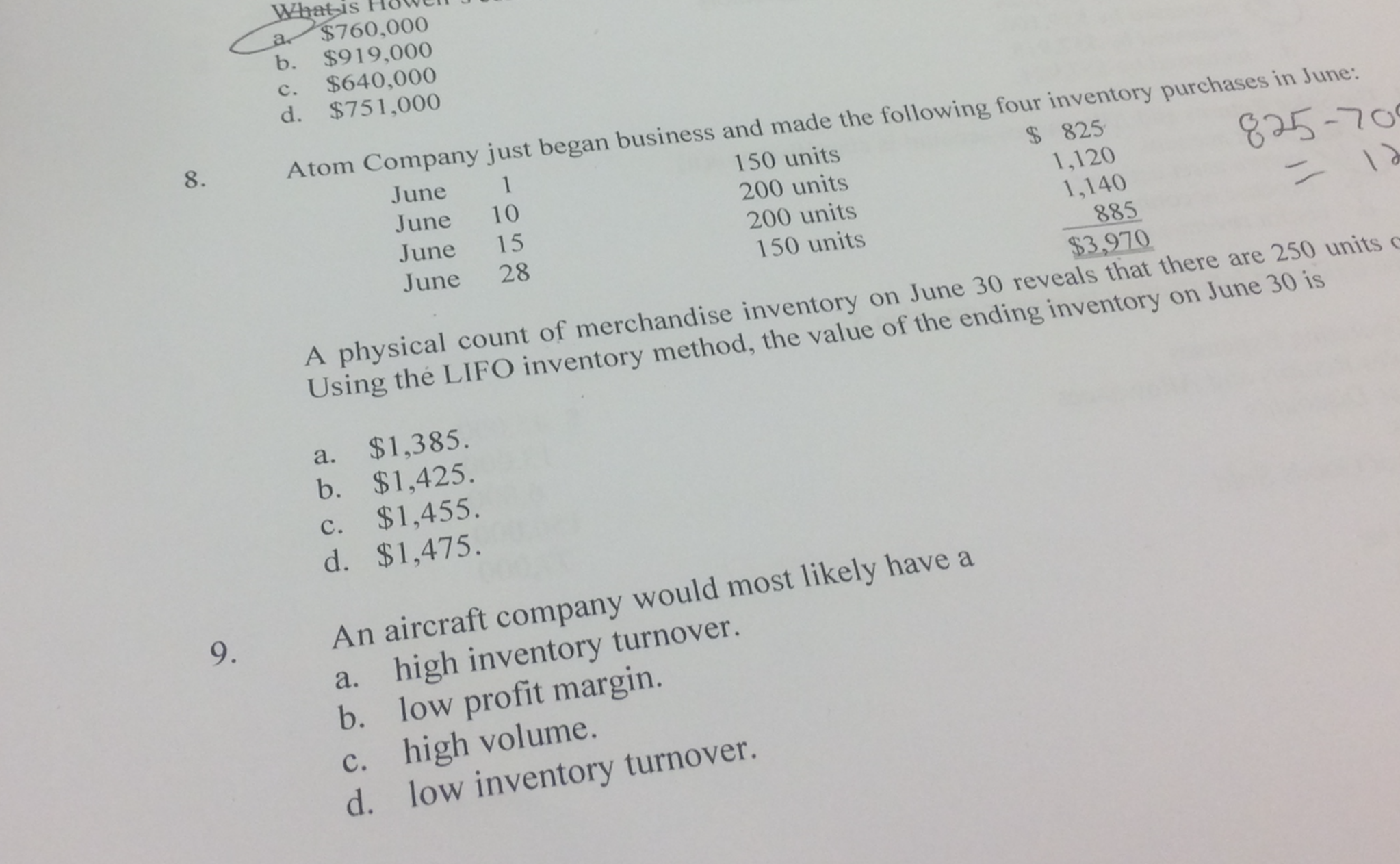

Related: Learn About Being a Financial Manager How to calculate the cost of goods sold It is then subtracted from the total revenue to get the gross margin. COGS is listed as an expense immediately after the total revenue for a period. Also, if the COGS is higher than revenue, then no profit is recognized in that reporting period.Įxternal stakeholders such as creditors and investors utilize the COGS expense to calculate the gross margin of a business to analyze the percentage of revenue that is available to cover operating expenses. The formula is extremely useful for management as it provides insight regarding purchasing decisions and payroll costs. It is an indicator of how profitable a company is in a given reporting period. Cost of goods sold is reported on the income statement.ĬOGS outlines the associated costs of inventory on the income statement. Overhead expenses that are considered operational are not related to this calculation, such as a mortgage payment or rent. These costs include the direct expenses of materials and labor that are used to manufacture the products. The cost of goods sold refers to the direct costs of acquiring products that a company sells or its production costs associated with manufacturing products. Let’s take a closer look at how to calculate COGS and how it’s used to make important business decisions. Slack’s SEC filings don’t provide a complete breakdown of the total cost of revenue, but it provides insights into why its cost of revenue increased.When a company knows its cost of goods sold, or COGS, it can determine how efficiently it manufactures products. Slack’s financial statements serve as a prime example of how costs impact gross margin.

Those costs can significantly fluctuate and shrink (or expand) your gross margins. Why Cost of Revenue Is Important for SaaS BusinessesĬost of revenue is critical since it helps you calculate a SaaS company’s gross profit and gross profit margin, which enables you to assess every company’s overall profitability using the rule of 40.īesides that, the costs included in the cost of revenue for SaaS companies are more diverse than for companies in other industries. It’s simply a sum of direct costs - which may differ among SaaS companies. In other words, there’s no single formula you can use to calculate SaaS COGS. The below formula offers how most product-based companies calculate their COGS: While COGS and cost of revenue may be slightly interchangeable, the formulas are not. SaaS companies, meanwhile, include customer support costs to their cost of revenue since customer support is essential and directly related to providing and maintaining the product or service. Customer support doesn’t impact COGS, which is why these companies categorize it as an operating expense. For example, companies with a physical product need to account for raw material, labor, shipping costs, and production costs. In other industries, like ecommerce, the costs incurred to obtain a sale are necessary for producing the product.
#COGS REVENUE PLUS#
To take this distinction a step further, your cost of revenue includes all the costs the company incurs to obtain a sale (which includes any fixed costs or variable costs) plus the cost of goods sold. The difference between cost of revenue and COGS is that cost of revenue is COGS plus distribution and marketing costs. Any time the sales team spends on updating contracts also falls under SaaS COGS. Customer success managers loop the sales team into any upsell and cross-sell agreements, as well as help optimize services according to the customers’ growing needs as the relationship grows. The customer success team, for example, supports retention and expansion efforts. Including indirect costs in COGS helps ensure that you have a fully-burdened, accurate cost of revenue.
#COGS REVENUE SOFTWARE#
Software fees for applications used directly within the product.Customer support, personnel training, and account management costs.Application hosting costs - how much you pay for Amazon Web Services ( AWS).Here are the typical costs SaaS companies include in COGS: In other words, you should include costs you incur to offer and support the product or service. For instance, you need to include costs for customer support and account management as they’re part of the service. However, a SaaS business model requires additional costs to render the service. It typically includes direct labor costs, direct material costs, overhead costs, and other production process costs.ĬOGS for a SaaS company follows the same principle of including direct costs.

Cost of goods sold refers to the direct costs of producing the product or delivering a service.


 0 kommentar(er)
0 kommentar(er)
